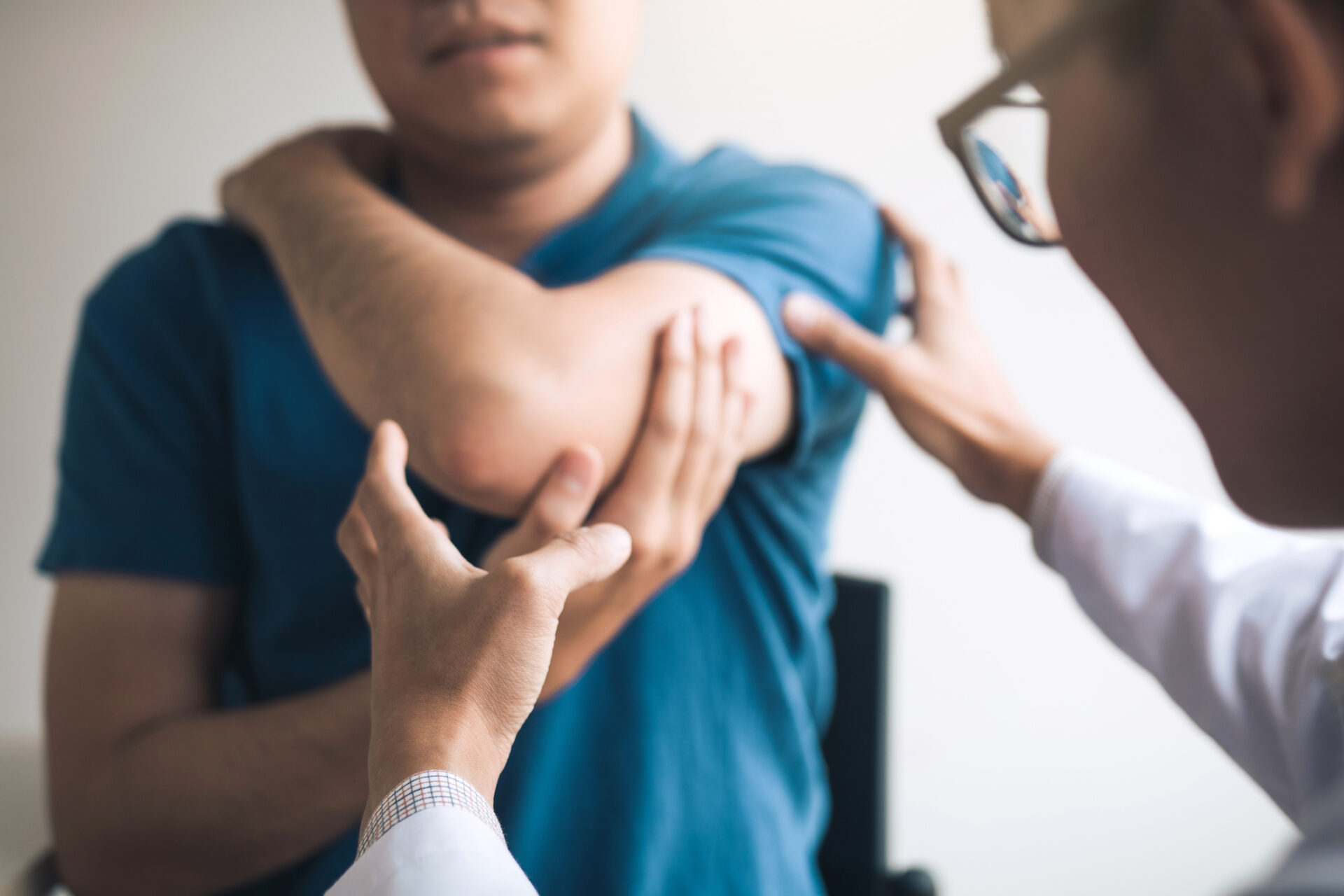Musculoskeletal Injuries – National Safe Work Month
Published on Posted onThis October, being National Safe Work Month, is a time for employers and workplaces to gather a heightened awareness of their working conditions and aim to improve such environments to generate safer and healthier workplaces.
The final point of focus for National Safe Work Month is related to musculoskeletal injuries, depicting a broad term referring to any injury to, or disease of the musculoskeletal system. Injuries to these systems commonly occur either from a sudden injury, or gradual wear and tear of muscles. Most prevalent examples of these injuries encompass sprains and strains of muscles, ligaments, and tendons, back injuries, and nerve injuries.
How do musculoskeletal injuries arise?
The reason musculoskeletal injuries have become such a prevailing cause of injury for so many professions are resultant from a lack of removing hazards. Workers in health care, construction and manufacturing industries are those most commonly reporting musculoskeletal injuries. It is both physical and psychosocial hazards presenting such high risk of musculoskeletal issues, including work demands that are too high or low, stressful working environments or poor support from the workplace.
Those professions who are seen to be at a heightened risk of injury of this type includes:
- Labourers
- Community and personal service workers
- Technicians and trade workers, and
- Machinery operators and drivers.
Duty for workers for manual tasks
As a person undertaking business, you contain a duty to keep workers and your workplace safe from the risks of manual handling, and hence preventing musculoskeletal injury. The Model WHS Regulations illustrate that is so far as is reasonably practicable, one of must ensure the health and safety of workers and consult with them to ensure preventative measures are adequate. Manual tasks that stress the body over a continuous period of time leading to musculoskeletal issues involve any actions encompassing sustained lifting, pushing, lowering, pulling, or carrying movements.
Eliminating these risks
Given that both physical and psychosocial hazards can cause musculoskeletal issues, training alone cannot manage the risks of these injuries occurring. The most effective way to prevent this is to change and design working conditions in a way that best ensures workers won’t be hurt. Frequently, these risks come in forms that many think not to be an issue. Yet it is those problems we think not significant that over time, can have a significant impact when gradual impact becomes evident. Combatting such consequences comprises designing tasks, equipment, workspaces and work systems to eliminate the hazards of risk of harm. For example, this may confine simply ensuring that there is enough space for workers to operate in a safe, comfortable manner where they can use their equipment in an efficient way.

